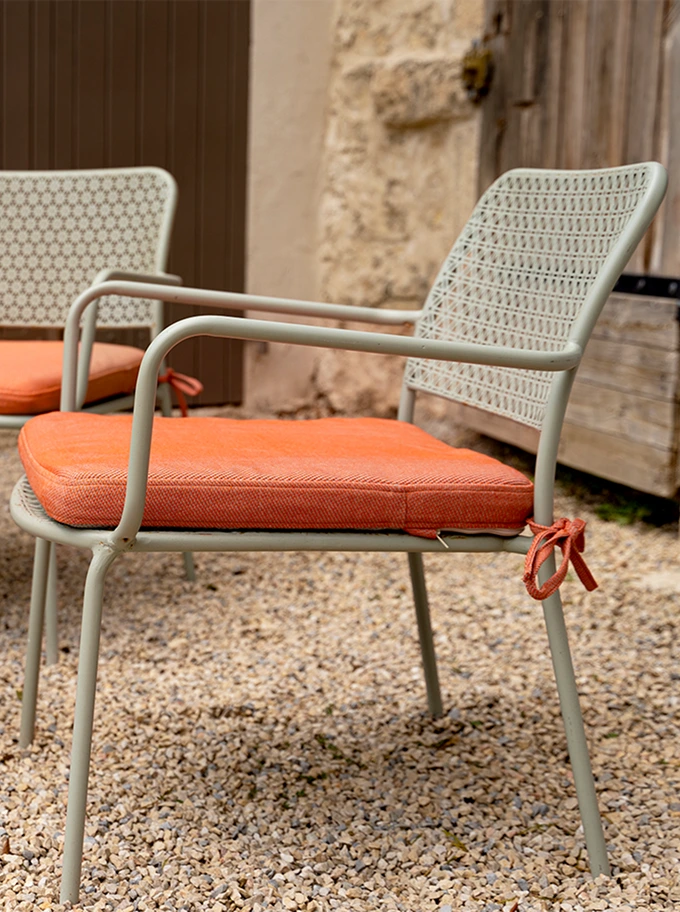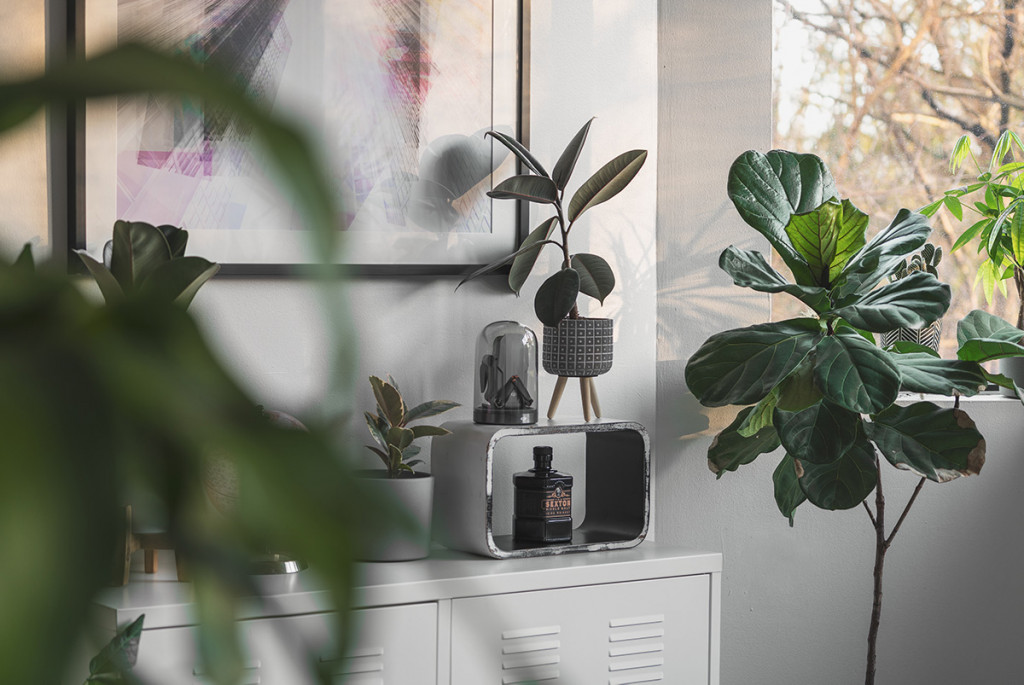
It’s been a while since many of us packed our bags and jetted off somewhere for work or pleasure. I’m starting to forget what being at an airport feels like. For some, travel has resumed, but for plant parents, it’s also the return of the anxiety of leaving their many plants for days to weeks. (But if you’re going to say months, better just stick to cacti, and even that’s a gamble.)
Reality check: choose plants that suit your hectic lifestyle. Here are five cool plants that demand very little even if you’re not around much. Or maybe you’d just really like some low-maintenance plants for a change because the frequent watering is starting to get to you and your water bill.
Hoya
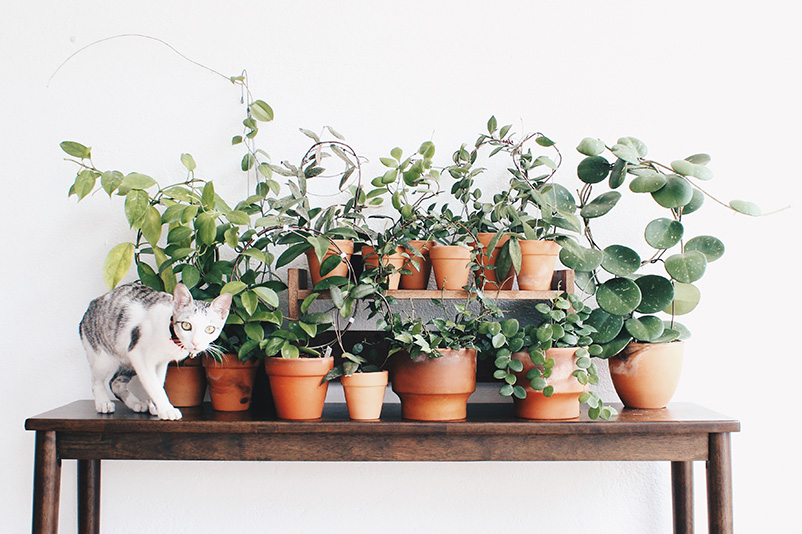
Why: Some species in this diverse genus have semi-succulent leaves that help the plant store water, allowing it to withstand a bit of drought (emphasis on ‘a bit’, because many hoya are native to Asian countries where frequent rainfall keeps them happy, hydrated, and thriving). Also, hoya flowers are the cutest!
Plant tip: Consider the more fuss-free varieties like hoya carnosa, obovata, mathilde, obscura or lacunosa.
Ficus Elastica
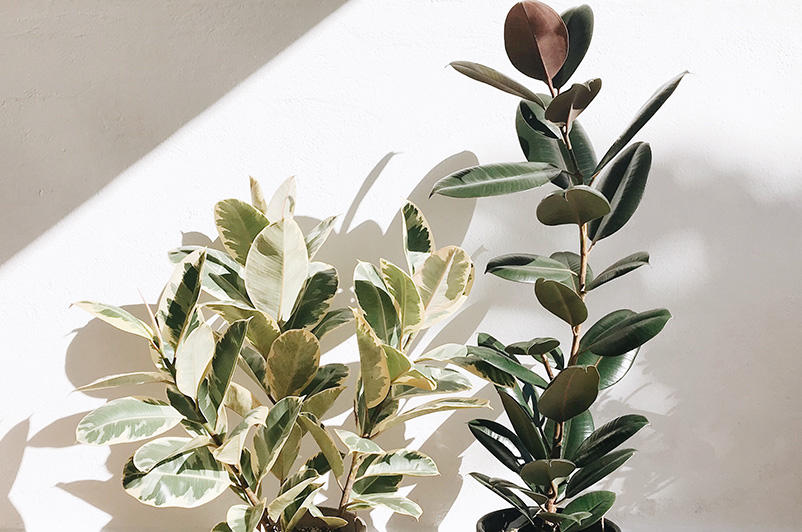
Why: It’s a highly underrated plant for beginners that is super rewarding to grow with minimal care. This ficus will bounce back even if not watered for up to a week or two in a temperate environment. It is typically not prone to pest pressures, but don’t neglect it completely as stressed plants make easy targets for pests.
Plant tip: Add extra perlite or your preferred porous amendment to your medium to ensure the roots don’t suffocate in boggy soil. Be consistent with your watering where possible for the plant to thrive.
Tillandsia
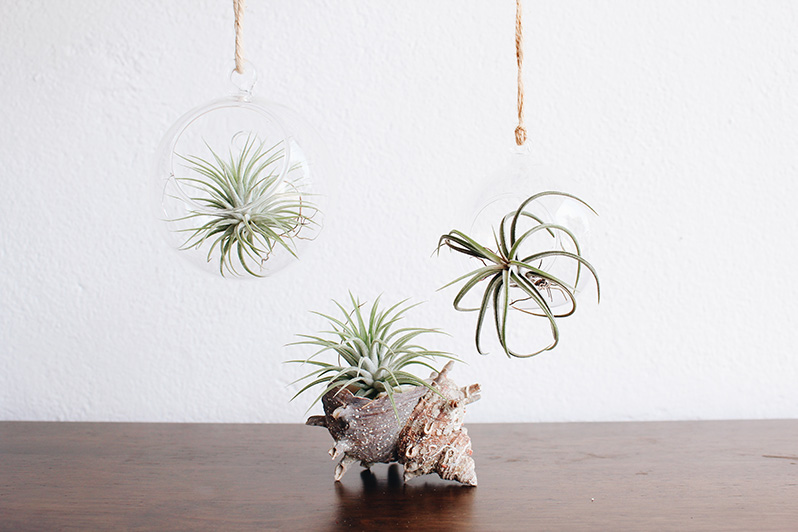
Why: Also known as air plants, tillandsias don’t need soil to grow and can be left unattended for up to a couple of weeks between waterings. They also make very pretty hanging ornaments in the home!
Plant tip: Most air plants can be soaked, but some species can be fussy about this watering method. The common tillandsia ionantha is a good one for beginners! Submerge your air plant for 30-45 minutes. Shake off excess water before placing it in a bright, well-ventilated area, but avoid extended periods of harsh sunlight.
Stephania Erecta
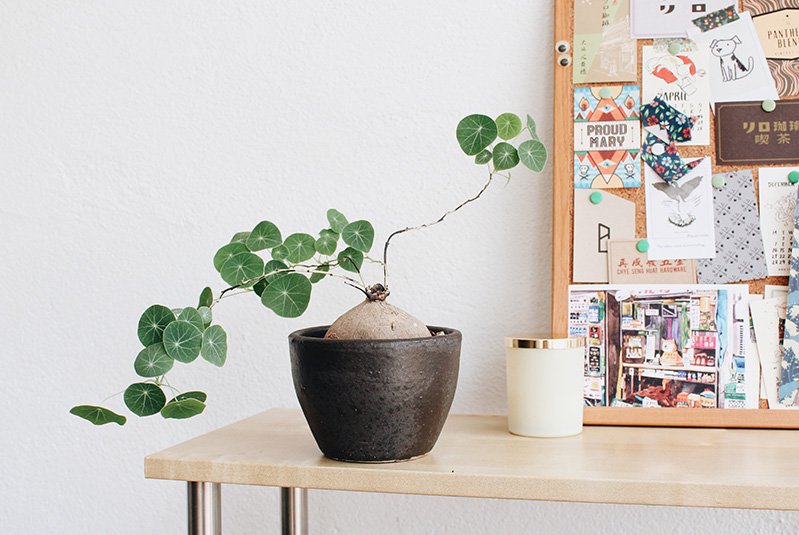
Why: It’s an increasingly popular plant and for good reason – it makes quite the statement with its coin-like leaves and unique growth structure! The caudex (not bulb) stores water for the plant, meaning that it generally prefers to stay on the drier side.
Plant tip: The plant has very fine roots, so use a well-draining medium. Grow it in a bright area, but keep it out of the scorching sun, which can hurt the caudex.
Terrarium
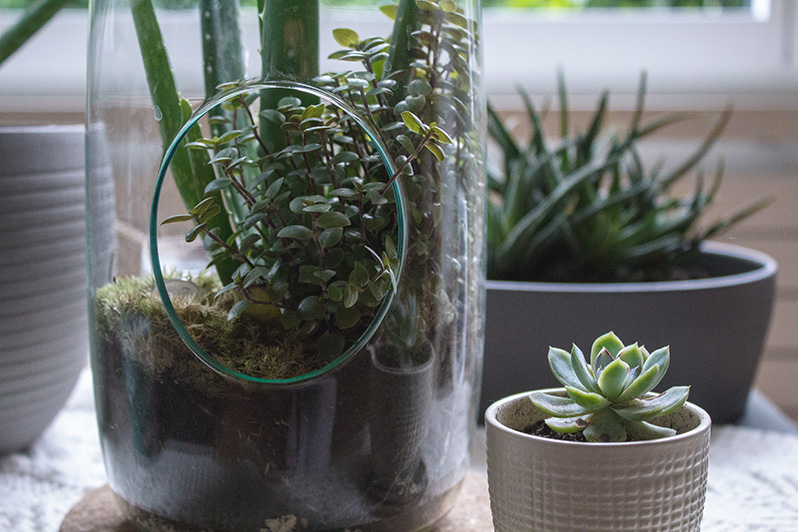
Why: Okay, this is not exactly a single plant, since you can grow all sorts of humidity-loving plants in a terrarium, depending on its size. A closed terrarium can be left to its own devices as water recycling sets it up for self-nourishment for several weeks at a time.
Plant tip: If you employ artificial lighting for your terrarium, set it on a timer to run for 8-9 hours a day, so you don’t overexpose the plants to light during your absence.
But if you’re away for much longer…
- Ask a friend to come in weekly to help you (gently!) water your plants. Give them the how-to before you leave. As hardy as the aforementioned plants can be, excess neglect can be a siren call for pests like spider mites, those fast little buggers.
- If you still want to keep plants that get a little thirstier than others, like the easygoing heartleaf philodendron varieties, try converting them to a semi-hydroponics system, which can be more easily set up for temporary self-watering.
Andrea Tim drinks more coffee than she should and has more plants than she should. Follow her plant rants on Instagram @plantcaffeine.












